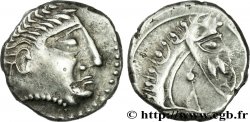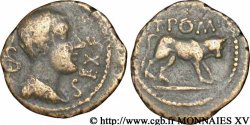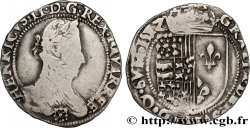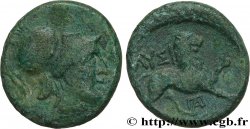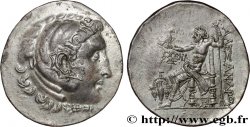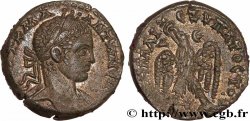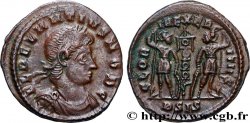- Accueil
- >
- >
fme_863491 - CAVARII (Area of Avignon and Orange) Médaille, Reproduction d’une hémidrachme d’argent, n°199
90.00 €(Approx. 103.50$ | 79.20£)
Quantity
Add to your cart

Type : Médaille, Reproduction d’une hémidrachme d’argent, n°199
Date: 1971
Mint name / Town : Monnaie de Paris
Quantity minted : 500
Metal : copper
Diameter : 50,5 mm
Orientation dies : 6 h.
Weight : 138,27 g.
Edge : lisse + corne CUIVRE + 1971 + N°199/500
Puncheon : corne CUIVRE
Coments on the condition:
Belle patine sombre, presque verte. Petite usure
Obverse
Obverse legend : ANÉPIGRAPHE.
Obverse description : Tête laurée d’Apollon à gauche.
Reverse
Reverse description : Sanglier passant à gauche.
Reverse translation : (Avenio/ Avignon).
Commentary
Médaille numérotée avec sa boîte cartonnée bleue et son certificat de la Série des Belles Monnaies du Sol de France n°19.
Numbered medal with its blue cardboard box and its certificate from the Series of Beautiful Coins of the Sol of France No. 19
Numbered medal with its blue cardboard box and its certificate from the Series of Beautiful Coins of the Sol of France No. 19







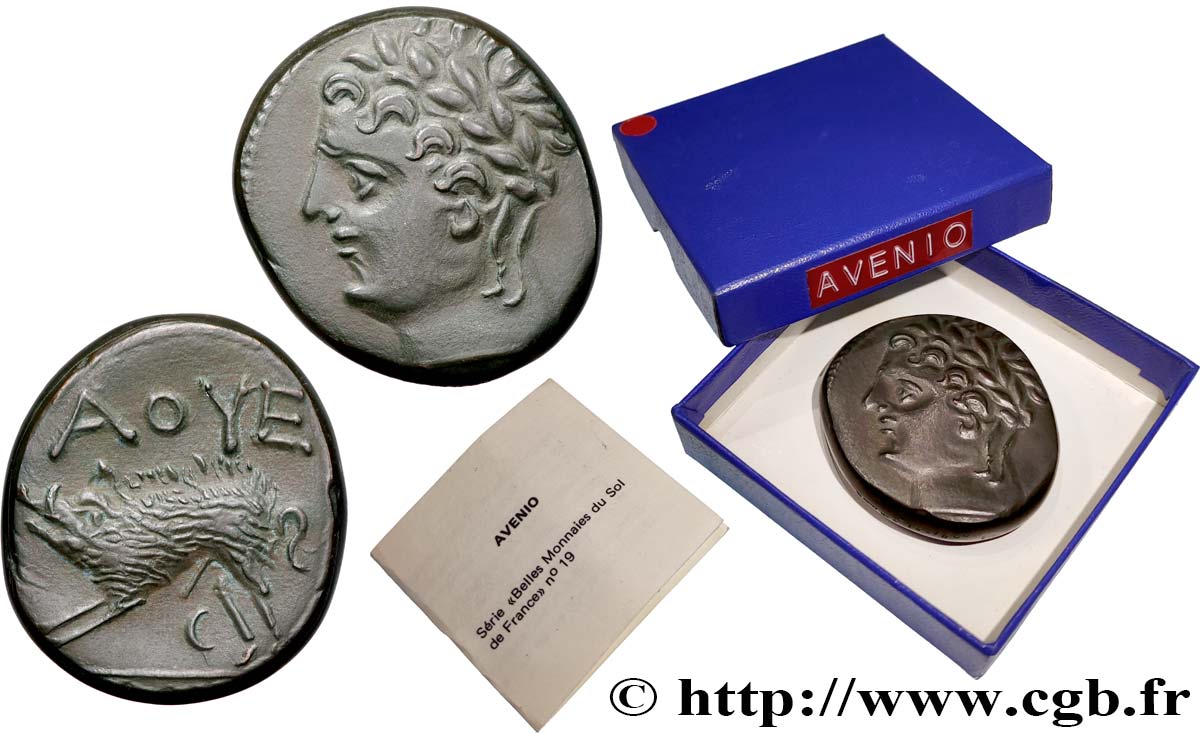
 Report a mistake
Report a mistake Print the page
Print the page Share my selection
Share my selection Ask a question
Ask a question Consign / sell
Consign / sell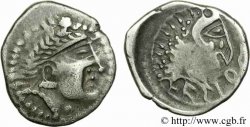
 Full data
Full data


